For over a decade, two colossal eagle sculptures have stood as majestic sentinels at Wellington Airport, greeting travelers with their imposing presence and stirring the imaginations of fans of J.R.R. Tolkien's Middle-Earth. These magnificent creations, inspired by the epic tales of "The Hobbit" and "The Lord of the Rings," have become an integral part of Wellington's identity, drawing visitors from around the world and symbolizing New Zealand's deep connection to the fantastical realms crafted by Tolkien.
Installed 12 years ago, the timing of their arrival at the airport was no mere coincidence. The sculptures were unveiled to coincide with the release of Peter Jackson's "The Hobbit" movie trilogy, which was filmed in the breathtaking landscapes of New Zealand. The country, already renowned for its natural beauty, became synonymous with Middle-Earth, attracting legions of fans eager to explore the real-life settings of their favorite scenes. The eagles, with their imposing presence and intricate details, served as a fitting tribute to the magic of Tolkien's world and a welcoming sight for visitors arriving in Wellington.
Each eagle is a marvel of engineering and artistry, weighing a staggering 1.2 tons and boasting a wingspan of 15 meters (49 feet). Constructed from an internal steel framework and a polystyrene body, the sculptures are adorned with a combined total of 1,000 feathers, the longest of which measures an impressive 2.4 meters (8 feet). These details bring the eagles to life, making them appear as if they could take flight at any moment. One of the eagles even carries a sculpture of Gandalf the Grey on its back, a nod to the wizard's dramatic rescue by the eagles in the books and films.
In Tolkien's stories, eagles are more than just birds of prey; they are noble creatures that often intervene at crucial moments, saving characters from peril when all hope seems lost. The presence of these sculptures at Wellington Airport has been a constant reminder of the heroic and awe-inspiring nature of Middle-Earth, evoking a sense of wonder and adventure for all who pass through.
However, all good things must eventually come to an end. On Friday, the eagles will be disassembled and removed from their perches at the airport, marking the end of an era. While their long-term fate has yet to be decided, the airport has confirmed that the sculptures will be carefully placed into storage. The decision to remove the eagles is bittersweet, as they have become beloved fixtures in the hearts of both locals and visitors.
Matt Clarke, the airport's chief executive, expressed the emotional impact of this transition. "It’s not unusual to see airborne departures from Wellington Airport, but in this case, it will be emotional for us," he said in a statement. "They have been a huge success and travelers from around the world have loved admiring them. After 12 years, it’s the right time for them to fly the nest."
The eagle sculptures were created by Weta Workshop, the same team responsible for the incredible props and physical effects in "The Hobbit" and "The Lord of the Rings" trilogies. Weta Workshop's dedication to detail and craftsmanship has made them a legend in the world of film and fantasy, and their creations have left an indelible mark on the global imagination. The airport's collaboration with Weta Workshop has been a testament to the enduring appeal of Tolkien's stories and the creative genius that brought them to life on the big screen.
While the eagles prepare to take their final flight, the airport is already looking ahead to the future. Clarke hinted at exciting plans for a unique, locally themed replacement that will be revealed later this year as part of a whole redesign of the terminal. The new installation promises to continue the tradition of blending fantasy with reality, offering visitors a fresh and captivating experience that reflects the spirit of New Zealand.
One familiar face, however, will remain at the airport. A sculpture of Smaug, the formidable dragon antagonist from "The Hobbit," will continue to guard the check-in area, ensuring that a touch of Middle-Earth magic remains for all who pass through.
The departure of the eagle sculptures is more than just a logistical change; it symbolizes the passage of time and the evolution of a city that has embraced its role as the gateway to Middle-Earth. Wellington, with its stunning landscapes and vibrant creative community, has become a beacon for fans of Tolkien's works and a testament to the power of storytelling. The eagles have been a part of this journey, standing as silent witnesses to the countless stories and adventures that have unfolded within their shadow.
As they are carefully disassembled and prepared for their next chapter, the eagles leave behind a legacy of inspiration and wonder. They have been a symbol of the magic that can be found in the everyday, a reminder that even the most fantastical dreams can become reality with the right blend of creativity, passion, and determination. The eagles may be leaving their perch at the airport, but their impact will continue to soar in the hearts and minds of those who have been touched by their presence.
In the words of Gandalf, "All we have to decide is what to do with the time that is given us." For Wellington Airport, the time has come to bid farewell to these iconic guardians, but the spirit of adventure and the magic of Middle-Earth will endure. As travelers pass through the airport in the future, they will be greeted by new wonders, but the memory of the eagles will remain, a testament to the enduring power of imagination and the timeless appeal of J.R.R. Tolkien's extraordinary world.

By Jessica Lee/May 20, 2025

By Victoria Gonzalez/May 20, 2025

By Christopher Harris/May 20, 2025

By Sophia Lewis/May 20, 2025

By Natalie Campbell/May 20, 2025

By Christopher Harris/May 20, 2025

By George Bailey/May 20, 2025

By Sarah Davis/May 20, 2025

By Daniel Scott/May 20, 2025
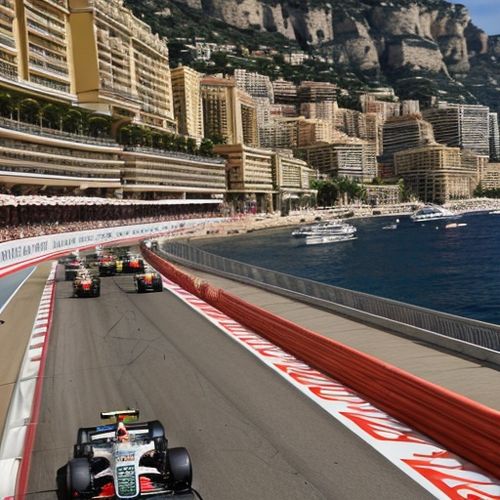
By Benjamin Evans/Apr 11, 2025

By Emily Johnson/Apr 11, 2025

By Sophia Lewis/Apr 11, 2025

By Emma Thompson/Apr 11, 2025
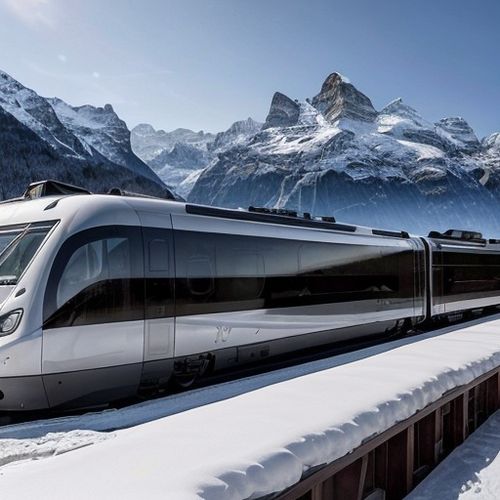
By Noah Bell/Apr 11, 2025

By James Moore/Apr 11, 2025
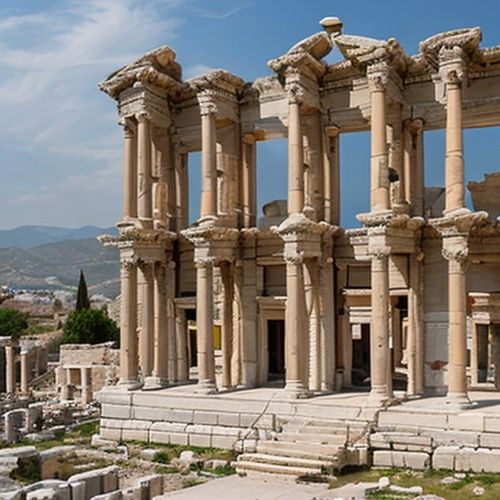
By Christopher Harris/Apr 11, 2025
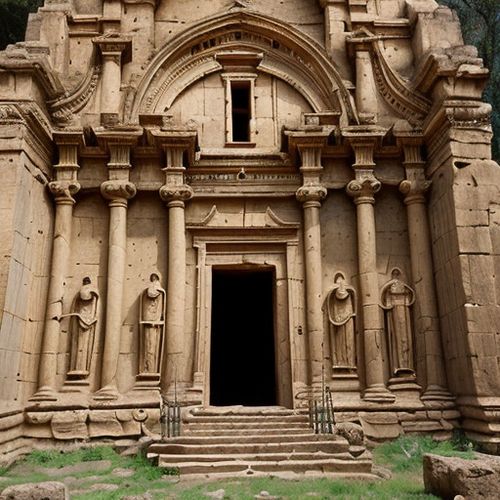
By Christopher Harris/Apr 11, 2025
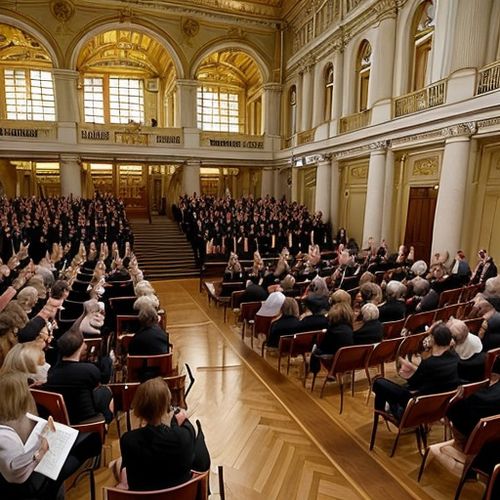
By Daniel Scott/Apr 11, 2025
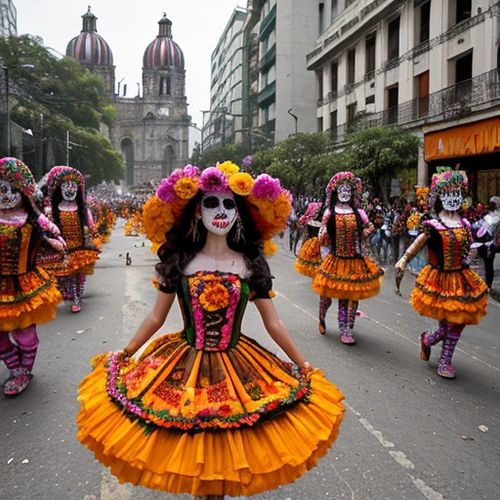
By Grace Cox/Apr 11, 2025